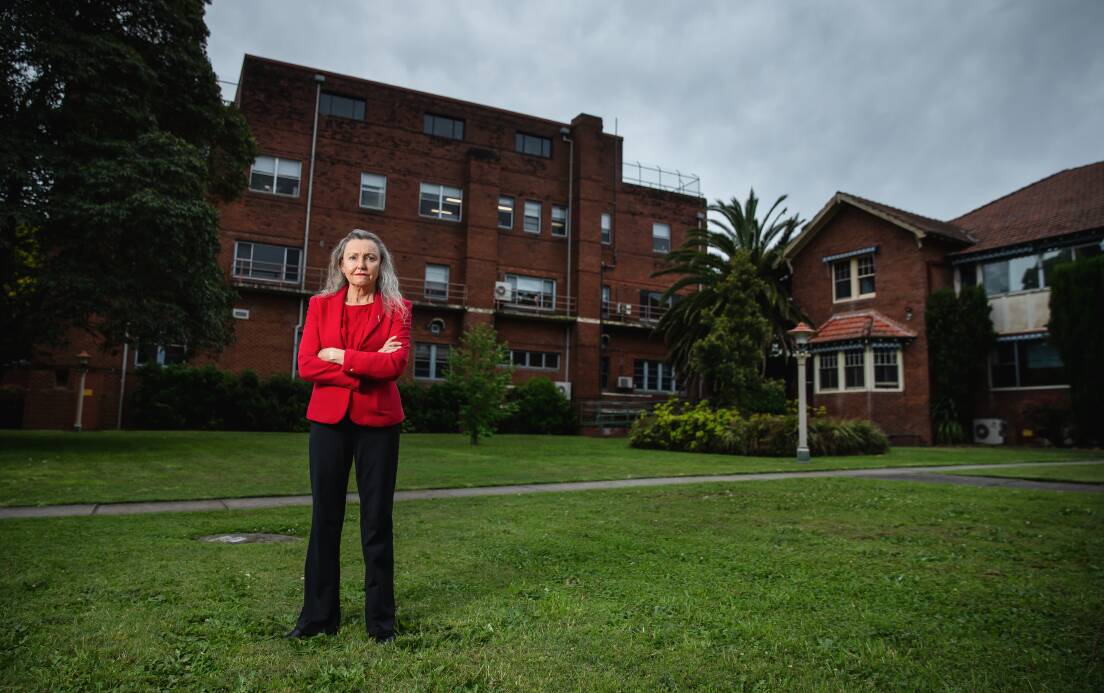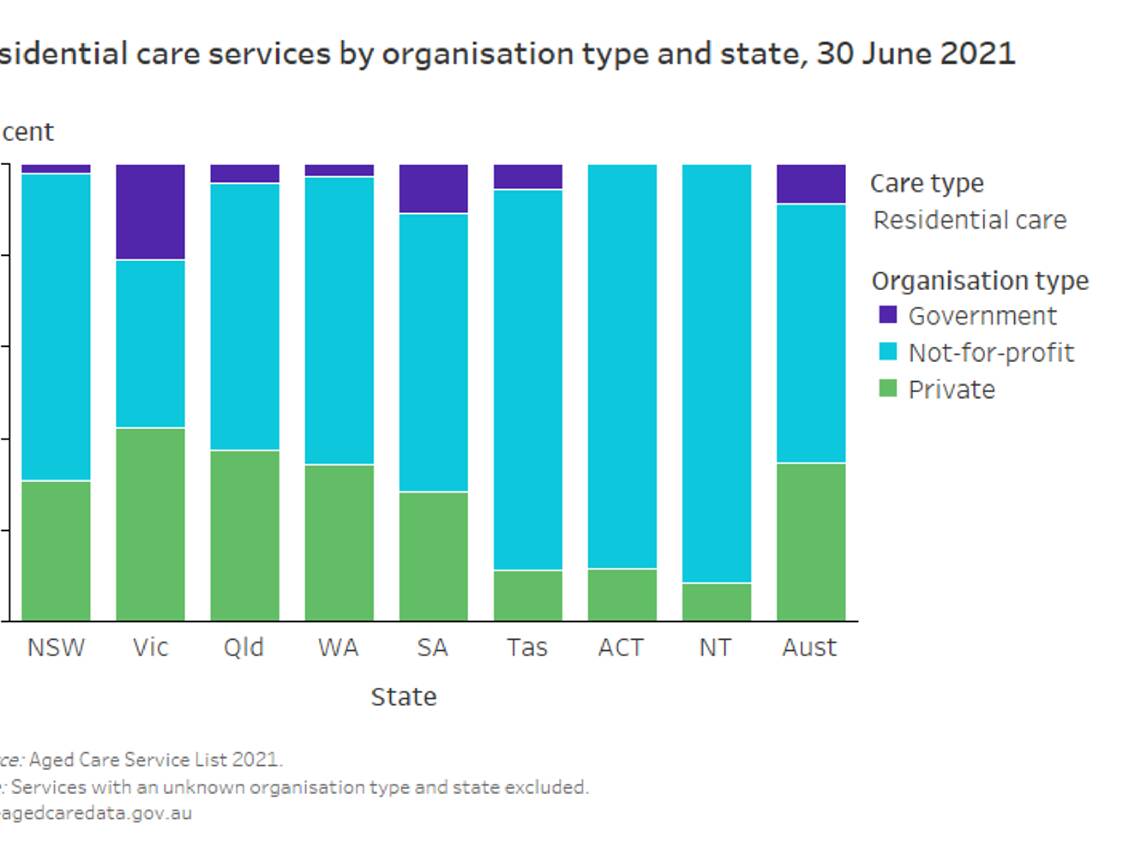
THE 98-bed aged care facility at the former Wallsend Hospital has more than 60 per cent of its beds available and has not taken a new resident for more than two years, Hunter New England Health has confirmed.
Wallsend state MP Sonia Hornery says she is extremely concerned about the under-use of the facility, and fears Hunter New England Health is either setting it up to be privatised or closed.
Recent Hunter Health budgets have allocated about $10 million a year to Wallsend Aged Care Facility, including $10.35million in the year to June 30.
"At a time when our hospitals are overwhelmed and there is a waiting list for aged care, Wallsend Aged Care Facility is not being properly utilised," Ms Hornery said.
"I'm told that both John Hunter and the Calvary Mater hospitals can have substantial numbers of beds taken up by patients who are waiting for vacancies in aged care facilities.
"This 'bed block' has been recognised for years as a problem.
"Why isn't the government using Wallsend to relieve bed block by caring for patients who cannot go home, but who no longer need to be in an acute care hospital?"
Ms Hornery said Hunter Health opened the aged care facility in 1993 after the controversial closure of the old state-run hospital.
Hunter Health says it is one of only seven state-funded aged care facilities in NSW, with aged care generally a federal responsibility.
Ms Hornery said Wallsend had higher staffing ratios and better qualified staff than most federally funded facilities.
She believed that Hunter New England Health was trying to save money by allowing Wallsend to "wither on the vine".
"Wallsend Aged Care is renowned for its high level of care, and it has a sterling reputation," Ms Hornery said.
"It was slated to close in 2009 but community pressure kept it open. Back then it was almost full. Now according to Hunter Health it's at no more than 40 per cent."
Responding to Newcastle Herald questions, Hunter Health's executive director of greater metropolitan health services, Karen Kelly, said "there are currently no plans to close this service".
Ms Kelly said Wallsend had received no new requests for admissions since the start of the pandemic and confirmed its occupancy rate was less than 40 per cent.
"There are a range of reasons for the current occupancy rate, including the hesitation of families and carers admitting their loved ones into aged care during this time," Ms Kelly said.
Some residents had moved to a "community care model through the NDIS" and as was always the case in aged care, some had died.
On the suggestion of using Wallsend as temporary accommodation to ease hospital bed block, Ms Kelly said people going into aged care "hold the right to choose where they wish to live".
Ms Hornery said that despite Hunter Health's explanation, she still believed it could easily lift the occupancy rate if it wanted to.
"There are something like 40 vacant beds on their figures," Ms Hornery said.
"They say most rooms are four-person share with communal bathrooms and toilets, but so are hospitals.
"This is the best care you can get, with registered nurses, enrolled nurses and assistants-in-nursing with a nursing unit manager and support from allied health professionals employed under proper award conditions.
"This is top quality care and how the system should be run.
"I have previously been assured by the health minister that Wallsend will stay open and remain in public hands. If this is the case, why has its occupancy rate been allowed to fall to such a disturbing extent?
"The way Hunter Health is explaining things, they are basically saying people don't want to use Wallsend.
"Given all of the horror stories that emerged about under-staffing and related issues from the Royal Commission into Aged Care Quality and Safety, I find it hard to believe that families concerned about the care of their loved ones would not want to use a facility that has such a history of high-quality care behind it.
"I'm sure if Hunter Health did more to make the public aware of its existence, the vacancies would fill up pretty quickly.
"But more importantly, the answers they have provided to the Herald don't seem to have addressed the central issue I raised, which is that Wallsend could be used as a temporary or respite centre to ease bed block."
Hunter Health "expense budgets" for recent years show Wallsend having an "initial budget" of $9.72 million in 2018-19, $10.8 million in 2019-20, $11 million in 2020-21 and $10.53 million in 2021-22.
The Australian Institute of Health and Welfare says governments run 8.6 per cent of residential aged care, with not-for-profits having 57 per cent and for-profit private companies 34 per cent.
RELATED READING: Sonia Hornery stares down online trolls

WHAT DO YOU THINK? We've made it a whole lot easier for you to have your say. Our new comment platform requires only one log-in to access articles and to join the discussion on the Newcastle Herald website. Find out how to register so you can enjoy civil, friendly and engaging discussions. Sign up for a subscription here.







